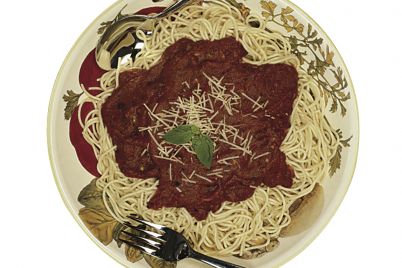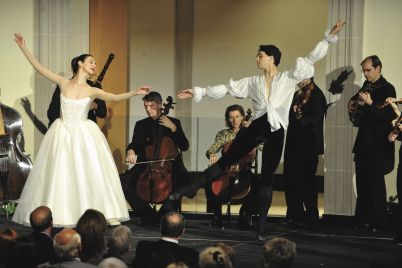In the fall of 1999, I began offering a course in North American Italian literature. After years of reading about classes with titles such as Italian Canadian Literature or The Italian American Experience, I decided to offer a North American Italian Literature course, though my university has few Italian American students.
Much of what I have observed about American and Canadian Italian cultural courses reveals a concern about the potential audience in such classes. Do such classes require a high percentage of students of Italian descent to justify their existence? I learned recently that an Italian culture course at the University of Waterloo had achieved a “record enrollment.” I wondered if Italian Canadian students were the target audience? Was this course approved by the dean or faculty because it is considered an important contribution to the general university curriculum and Canadian culture? At a recent American Italian Historical Association Convention, I learned that in New York some Italian American literature classes have attracted more than 80% non-Italian student enrollment.
My course at the University of La Verne is not designed for Italian American students. In the first place, California universities do not have large concentrations of Italian Americans. More important, in the last twenty years American culture has experienced a major shift in the literary canon towards multiculturalism, which places North American Italian literature in the centre of the university curriculum, not in the margins. My university mission statement expresses the university’s commitment to both the multicultural and transcultural experience. As a result, I do not feel the need to fill seats with Italian American students.
The content of my course represents the most significant event in the history of the North American continent: Italian immigration and its continuing influence on the make-up, structure, and culture of North American society.
What is often overlooked is that Italian American literature composes the largest body of literature from any of the single European nations that sent immigrants to the New World – a body of literature has been created in all the appropriate categories needed to form a legitimate field of study: history, sociology, folklore, autobiography, fiction, drama, poetry, and criticism.
Since the appearance of Roman Candles in 1978, the same can be said of Italian Canadian literature. As Filippo Salvatore has written in Ancient Memories, Modern Identities, Italian Canadian literature has become “one of the principle components” of Canadian culture, not a marginalized “ethnic community.” In other words, the Italian North American narrative represents not only the history of Italian immigration, but the process that has formed the contemporary national identity in both Canada and America.
For years in the American university, a culture war has been waged between factions over the place of ethnic studies classes. Some academicians have viewed ethnic studies courses as divisive, potentially fragmenting the curriculum into warring political camps. In time these fears have been overcome by ethnic studies courses that have sound academic content.
Culture is being produced in a variety of venues, and those voices must be heard by everyone. Of course, I am not surprised when I mention my North American literature course to colleagues to hear responses such as, “Why, I didn’t know that such literature existed. Well, outside The Godfather.”
A course in North American Italian culture is justified by the weight of the literature that the field has produced. Enrollment was a simple matter: I chose the most popular time slot for the class, and it filled with the general student population. Two Italian American students enrolled, but so did about ten other hyphenated Americans, including a Canadian American. That I had one or two Italian Americans in my class was fine, but not of any consequence to the objectives of the course: to explore a major European ethnic group’s contribution to North American culture and to explore how immigration and its aftermath continue to influence North American cultural identity in the twenty-first century.
If the research papers my students write are any indication, my North American Italian literature class is accomplishing its goals. It is a class that touches my students personally. But ultimately it is a class that forces them to think in critical ways about identity and the complex political and cultural process that is influencing their young lives.
Ken Scambray is the author of The North American Italian Renaissance: Italian Writing in America and Canada (2000), and Surface Roots (2003). He is professor of English at the University of La Verne, scambray@ix.netcom.com.
First published in Accenti Magazine, Issue 2.




